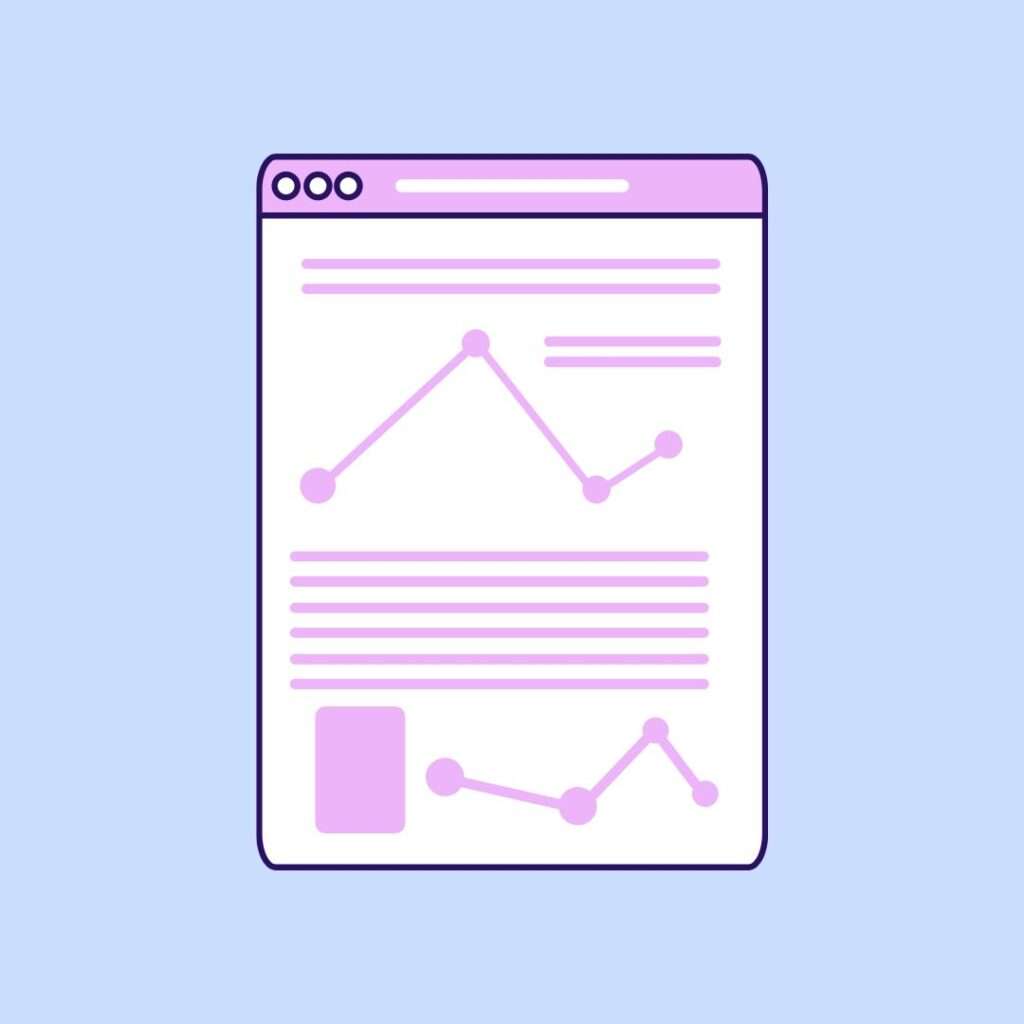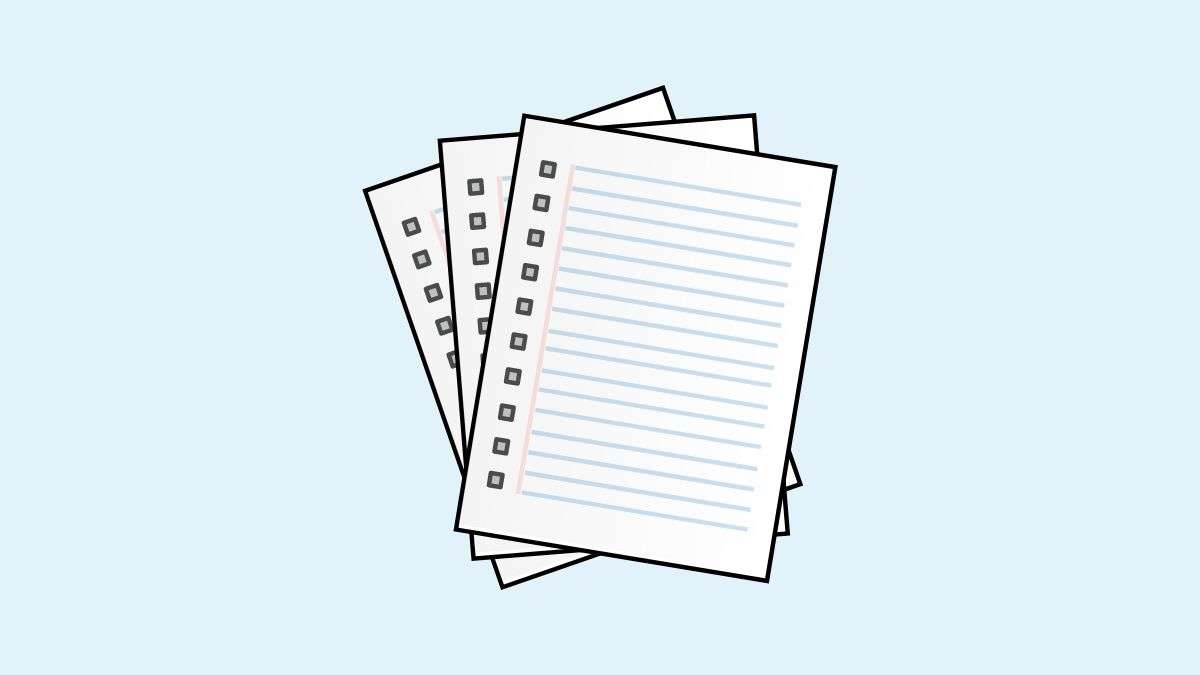Table of Contents
- Introduction
- So, How Long a Journal Article Should Be? Determining the Ideal Length
- Strategies for Achieving the Perfect Article Length
- Conclusion
Introduction
How long a journal article should be? The length of a journal article is a crucial consideration that impacts both readability and the likelihood of publication acceptance.
Striking the right balance is vital. A journal article must be long enough to cover the research thoroughly but not so long that it becomes dense or tedious. This introductory section will discuss why article length matters when aiming for publication in academic journals.
Authors must decide the appropriate scope and length when preparing a journal article manuscript. Journal editors and reviewers consider article length when assessing submissions for potential publication. Overly long articles may be perceived as too dense or tedious, while overly short articles may lack sufficient depth and evidence.
Finding the “goldilocks zone” for article length is an important part of crafting compelling journal articles. The typical length of published articles varies considerably across academic disciplines and journals. However, most journals provide author instructions stipulating a desired word count or page length. Adhering to these guidelines signals to editors that the manuscript length is appropriate for their readership and production process. Going outside the stated limits without prior approval may lead to desk rejections.
So, How Long a Journal Article Should Be? Determining the Ideal Length
Several key factors must be considered when determining the ideal length for a journal article. First and foremost are the author guidelines provided by the target journal. These will often specify a recommended word count or page length that the editors prefer. For example, journals in the humanities often favor longer articles of 8,000–10,000 words, while medical journals may top out at 3,000 words or fewer.
Factors Influencing the Ideal Length of a Journal Article
Beyond specific journal guidelines, the scope of the research study or review presented in the article will also dictate appropriate length. Complex studies with extensive datasets or literature reviews synthesizing a large body of prior work may require more in-depth discussion and contextualization.
Shorter articles may suffice for presenting early research findings, single experiments, or theoretical arguments. Authors should ensure their article is long enough to explain key methods, results, and implications fully but not so long as to dilute the impact or introduce redundancy.
Guidelines from Different Journals
Journals often provide specific length guidelines tailored to their readership and aims:
- Nature journals (e.g., Nature Communications) recommend that the main body of an original article should be limited to 5,000 words.
- PLOS ONE expects articles to be under 6,000 words unless justification is provided for greater length.
- Journal of Biological Chemistry specifies that research articles, including references, should be under 27,500 words.
- American Sociological Review asks authors to target under 10,000 words, including footnotes and references.
However, many journals leave specific lengths to the authors’ discretion as long as all essential components are sufficiently covered.
Achieving an appropriate article length requires balancing conciseness with adequate detail and explanation. Unnecessary content dilutes the quality of a paper and wastes reviewers’ time. Yet information gaps can also thwart acceptance if reviewers feel analyses or interpretations are insufficiently substantiated.

Authors should carefully self-edit to remove content that does not directly contribute to the paper’s aims or conclusion. At the same time, they must ensure key information around theory, methodology, results, and discussions remains intact. Finding this balance takes practice but will pay dividends in shaping crisp, compelling articles.
Strategies for Achieving the Perfect Article Length
When an article contains extraneous details or tangents that distract from the main points, trimming content can improve clarity without sacrificing key information. Some techniques to cut down word count include:
- Removing repetitive or redundant information. If the same point is made multiple times, condense it to one strong statement.
- Editing out unnecessary background details. While context can be helpful, focus on relevant information to the research.
- Combining multiple short paragraphs that make the same point into one tighter paragraph.
- Turning long lists of details into a summary statement or table.
- Deleting filler words and statements that don’t contribute significant value.
It’s important to carefully edit out fluff without losing critical details supporting the research’s core arguments and implications. Authors should review the trimmed content to ensure key information remains intact before submission.
Expanding Concise Articles Without Adding Fluff
If a journal article is too short or underdeveloped, there are effective ways to add valuable content without fluff:
- Incorporate examples that illustrate key points and make the content more accessible.
- Cite research works from experts that support the article’s premises and assertions.
- Expand on the implications of the research and how it connects to broader concepts.
- Extend the discussion section to analyze research limitations and future work.
Adding supporting details through these methods can enrich a concise article without diluting its core substance or impact.
Conclusion
Article length is crucial when crafting journal publications. Achieving the optimal length enhances readability, ensures sufficient coverage of key information, and boosts the chances of publication and citation. Both excessive brevity and unnecessary verbosity should be avoided. Nonetheless, rather than ask, “How long a journal article should be,” think of other paramount questions such as, “How can I make my contribution worthwhile?”
Authors can use careful planning and judicious editing to hone their work to the perfect length. This requires balancing conciseness with comprehensive detail, using formatting techniques strategically, and obtaining objective feedback. The effort is well worth it. Journal articles with ideal length engage peer reviewers and readers thoroughly without taxing their patience. They also readily meet specifications for target journals.

